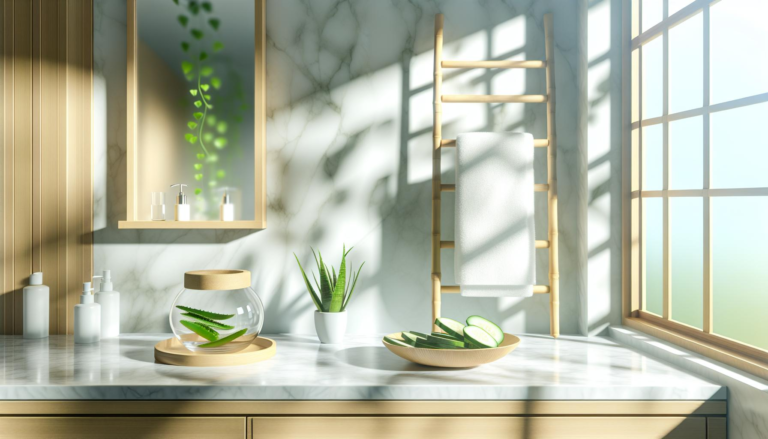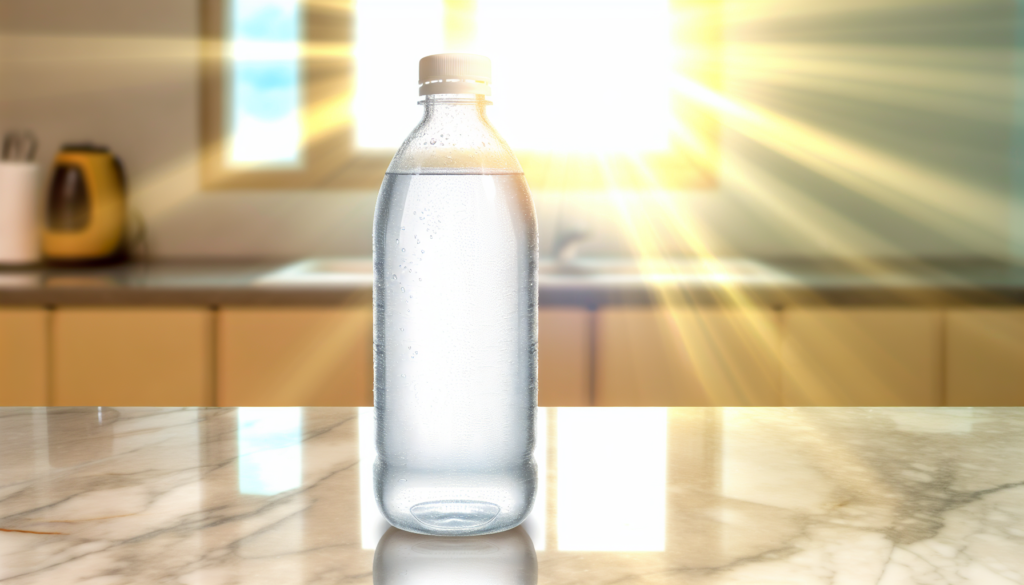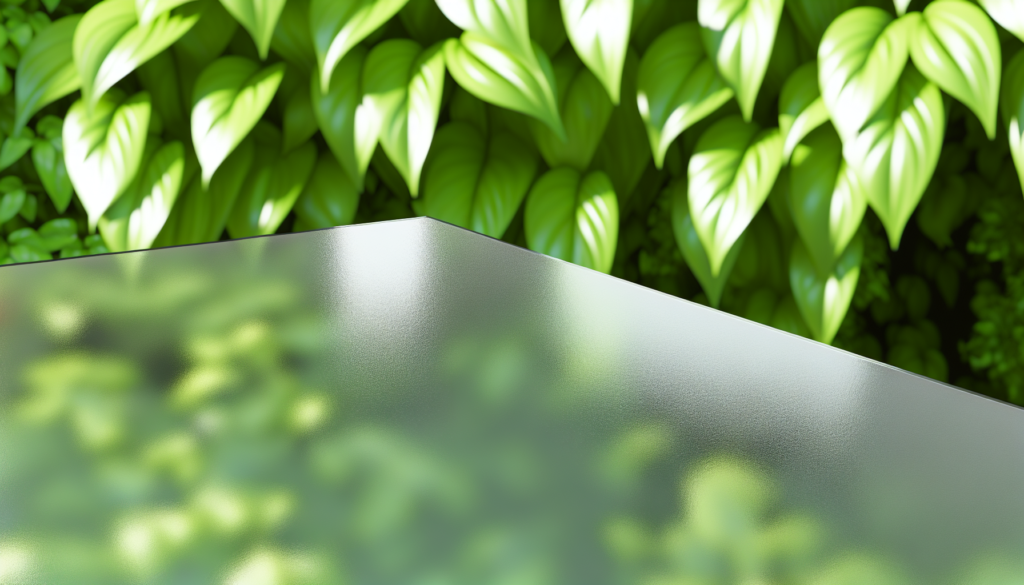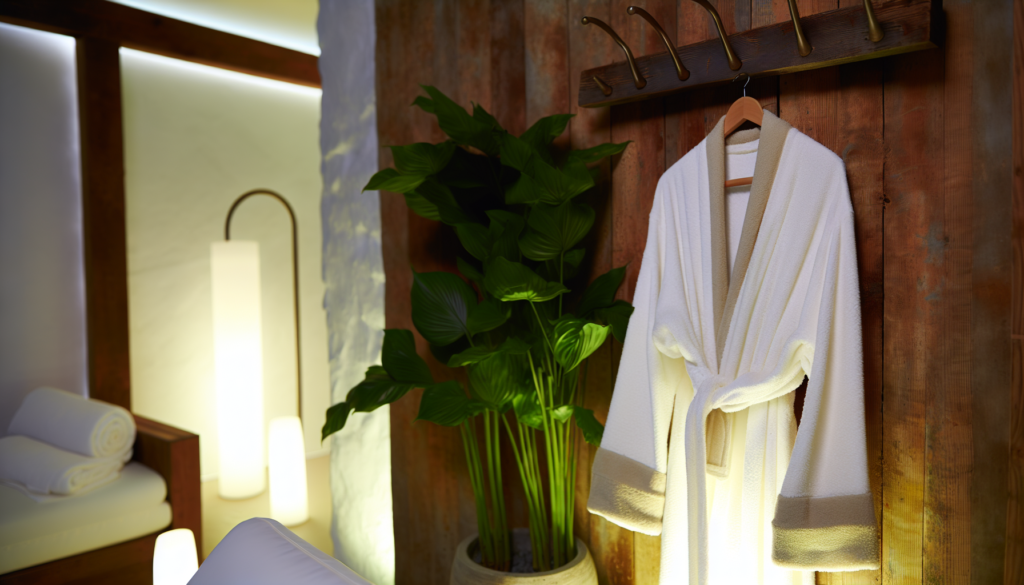Spending time in the sun feels amazing—warmth on your skin, a golden glow, the fresh air. But too much exposure can leave its mark in ways you might not notice immediately. Sun damage sneaks up over time, causing everything from fine lines and wrinkles to dark spots and uneven texture. The good news? Your skin has an incredible ability to heal, and the right skincare approach can help repair that damage. Let’s break it down step by step.
Hydration is Your Skin’s Best Friend
Think of sun-damaged skin like a dry, cracked desert. What does it need? Hydration—inside and out. When UV rays penetrate the skin, they strip away moisture, leaving it dehydrated and vulnerable.
Drink Up
Water alone won’t erase damage, but staying well-hydrated supports your skin’s repair process. Herbal teas, electrolyte-infused drinks, and water-rich foods (hello, cucumbers and watermelon) can all help replenish lost moisture.
Use a Hydrating Serum
A hyaluronic acid serum can work wonders. This powerhouse ingredient pulls moisture into the skin, plumping it up and softening the appearance of fine lines caused by sun exposure. Apply it to damp skin after cleansing to help lock in hydration.
Exfoliate—But Gently!
Dead skin cells build up after repeated sun exposure, making your complexion look dull and uneven. The right exfoliation can reveal fresh, healthier skin underneath.
Look for Chemical Exfoliants
Instead of scrubbing vigorously (which can irritate sun-damaged skin), go for chemical exfoliants like:
- AHAs (Alpha Hydroxy Acids) – Glycolic acid and lactic acid help remove dead skin cells and brighten dark spots.
- BHAs (Beta Hydroxy Acids) – Salicylic acid works deeper in the pores and is helpful for those with sun-induced breakouts.
Start slow—2 to 3 times a week is enough if your skin is feeling sensitive.
Retinol: A Game-Changer for Sun Damage
If there’s one ingredient dermatologists swear by for reversing signs of sun damage, it’s retinol. This vitamin A derivative boosts cell turnover, fades discoloration, and stimulates collagen production.
Start Slow and Build Up
Retinol can be irritating when first introduced, especially if your skin has been compromised by UV exposure. A pea-sized amount, used 2 to 3 times a week at night, is a great way to ease into it. Follow up with a nourishing moisturizer to help with any dryness.
Look for Alternatives If Retinol Feels Too Harsh
If your skin is sensitive, bakuchiol is a gentler plant-based alternative that offers similar rejuvenating effects without the irritation.
Vitamin C to Brighten and Protect
One of the biggest complaints about sun-damaged skin? Hyperpigmentation—those stubborn dark spots that seem impossible to fade. Vitamin C is key here.
How It Works
Vitamin C is a strong antioxidant that:
- Reduces the appearance of dark spots and discoloration
- Boosts skin’s natural UV protection (but it’s not a replacement for sunscreen!)
- Helps with collagen production for firmer skin
Look for a stable form, like L-ascorbic acid, and pair it with sunscreen during the day for the best results.
Speaking of Sunscreen… It’s Non-Negotiable
Repairing sun-damaged skin is pointless if you’re not protecting it moving forward. Daily sunscreen use (yes, even when it’s cloudy or you’re indoors) is your best defense against further damage.
What Kind of Sunscreen Should You Use?
A broad-spectrum SPF 30 or higher is ideal. Bonus points if it contains nourishing ingredients like niacinamide or hyaluronic acid. If your skin is sensitive, go for a mineral sunscreen with zinc oxide or titanium dioxide.
Reapply, Reapply, Reapply
Apply sunscreen every morning, but reapplication is where most people slip up. If you’re outdoors, reapply every 2 hours. Using a powder or spray sunscreen makes it easier to refresh your protection without messing up your makeup.
Support Skin Repair From the Inside Out
Products help, but your skin’s resilience starts from within.
Eat Antioxidant-Rich Foods
What you eat matters. Foods packed with antioxidants help your body fight sun-induced damage. Load up on:
- Berries (blueberries, raspberries, strawberries)
- Leafy greens (spinach, kale)
- Fatty fish (salmon, sardines) for omega-3s
- Nuts and seeds for vitamin E
Get Enough Sleep
Your skin does most of its repair work overnight. A lack of sleep can slow down cellular turnover, making sun damage harder to reverse. Prioritize a full 7–9 hours of rest whenever possible.
Consider Professional Treatments If Needed
If at-home strategies aren’t cutting it, certain in-office treatments can help speed things up.
Laser Therapy
Lasers target pigmentation and encourage collagen production. Treatments like IPL (Intense Pulsed Light) can help fade dark spots and even out skin texture.
Microneedling
This treatment creates tiny micro-injuries in the skin to stimulate natural healing and collagen growth, improving overall texture and tone.
Chemical Peels
Deeper exfoliation with a professional peel can help lift pigmentation and smooth rough skin caused by sun exposure.
The Takeaway
Sun-damaged skin isn’t a lost cause. With the right approach—hydration, exfoliation, antioxidants, and daily SPF—you can restore a healthier, more radiant complexion. Consistency is key, and listening to your skin’s needs will help you find the best routine. Keep at it, and over time, your skin will thank you.







